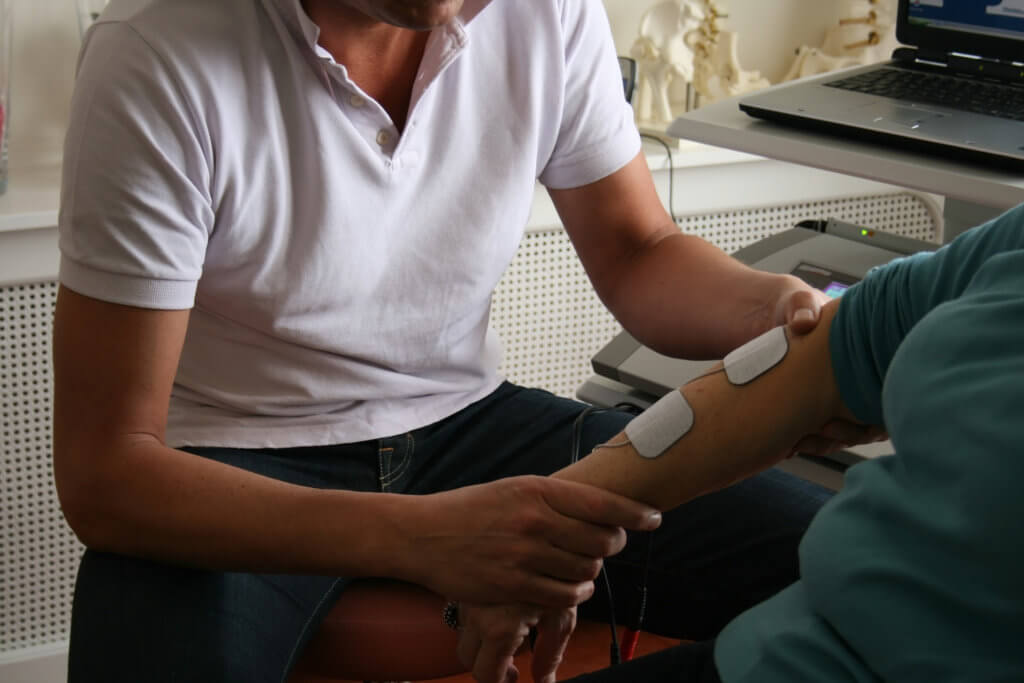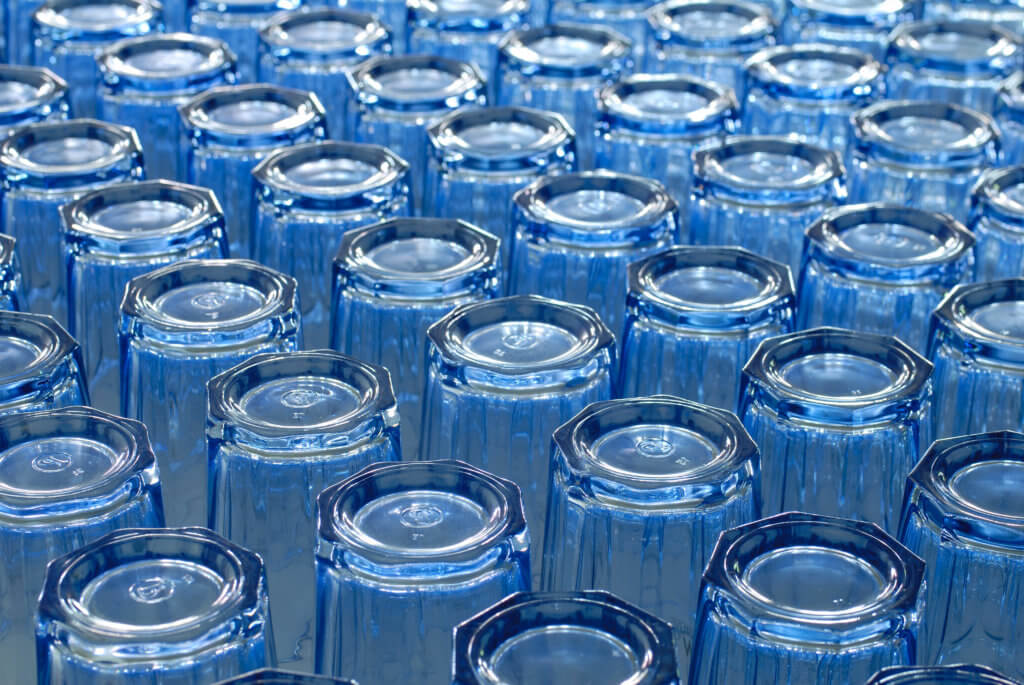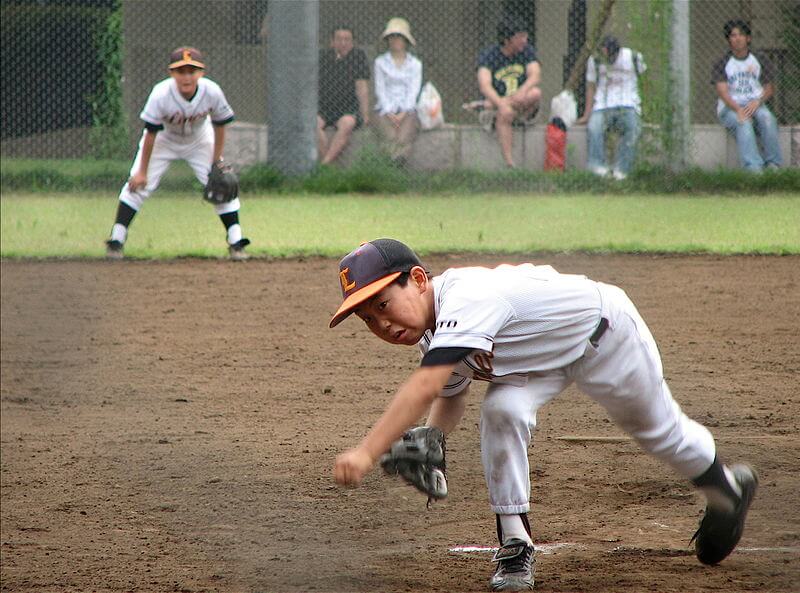Spring training is over and baseball season has begun. And while most sports injuries are as unexpected as the Cubs leading the American League at the beginning of June, there are a few things that parents and coaches — and baseball players — should know about preventing injuries during the sport.
Mark Salandra educates and trains athletes young and old in strength and conditioning, with the goals of better fitness and lower rates of injury. A certified strength and conditioning specialist, and the founder of StrengthCondition.com, a Physiquality partner program, he points out five common injuries and conditions that players should be aware of.

Shoulder pain and rotator cuff tears
If an athlete has chronic pain in his shoulder that will not go away after applying ice and heat, he needs to see a doctor or physical therapist. Chronic shoulder pain may not mean that the athlete has torn his rotator cuff, but if the tendon has been torn, further activity can make the injury worse.
Lateral epicondylitis, also known as tennis elbow
Epicondylitis often presents with pain in the elbow joint from repeated throwing motions. In most cases, says Mark, the triceps muscles are not strong enough to slow down the arm once the ball has been thrown, which in turn puts extra pressure on the elbow joint. If the player has chronic elbow pain, rest with ice and heat should resolve this issue in several days. If the pain doesn’t resolve, then it’s time for a visit with the physical therapist or doctor.

Lower extremity muscle strains and knee injuries
Baseball happens in quick spurts of action, like hitting the ball and then running the bases, or reacting to a base hit by running to catch the ball. The rapid acceleration and just-as-quick deceleration can strain the muscles in the upper leg, particularly the quadriceps and hamstrings, which are used when running sprints. Many athletes are also at risk for such knee injuries as meniscus tears and ACL tears. If the knee pain doesn’t go away after a few days of rest and ice, you’ll need to see your doctor or physical therapist for a more thorough examination.
Head injuries and concussions
For baseball players, head injuries are difficult to prevent, because they usually happen spontaneously, like from a stray ball or a collision on the field. Mark reminds players to wear a helmet at all times and to stay alert.
Heat exhaustion
As with any sport, particularly those that are played outside on hot days, hydration is vital. Athletes must stay hydrated and drink plenty of water before, during and after each game. Don’t wait until your player starts to feel lightheaded or has a rapid pulse; it will be too late. Coaches should require that all baseball players bring water to each game and drink during rest periods.

After many years of strength training young baseball players, Mark says that in most cases, injuries come down to two factors: Either the child is not strong enough to perform the motions/actions being asked of him, or the child is injured from overuse.
Players can reduce the risk of some of the above injuries through conditioning. Strengthening the rotator cuff muscles (the set of four muscles that controls the joint) and increasing the range of motion in the joint can minimize rotator cuff tears. Strengthening both the biceps and triceps muscles, particularly for pitchers, should help to reduce the risk for epicondylitis. And knee injuries can be reduced by stretching the knee joint and strengthening the leg muscles around the knee — the stronger your legs are, the more force the muscles can handle around the knee joint. A proper strength training program, combined with teaching the proper technique for throwing, batting and running, will help reduce these injuries.
As for overuse, it comes in different forms, but it’s most commonly seen in pitchers and catchers who throw too many pitches and then have shoulder and elbow pain. Mark points to children playing two, three, even four baseball games in a day. As a trainer for the Detroit Tigers told Bleacher Report in 2014, teen pitchers are throwing “too hard, too fast, too much, too soon.” These athletes are not only running the risk of injury, but mental and physical burnout.

As noted in the descriptions above, and as we’ve mentioned plenty of times in the past, rest is an essential part of being an athlete. “It is only after your workout, when you are resting and replenishing your body with protein and other nutrients, when the body heals and gets stronger,” Mark says. It’s why he lives by the motto, “Train hard, but rest harder.”
Looking for a physical therapist to work with your baseball player? Use our locator below to find a Physiquality therapist in your neighborhood.
Thank you to our contributors:

Mark Salandra, CSCS, is the founder of StrengthCondition.com, a Physiquality partner program. Mark educates and trains athletes young and old in strength and conditioning, with the goals of better fitness and lower rates of injury.
Arthur, Rob. The Cubs’ start is even more dominant than it seems. FiveThirtyEight.com, a division of ESPN, May 4, 2016.
Physiquality.
- Protecting your shoulder during summer sports. May 4, 2015.
- Improving safety for younger athletes. May 1, 2013.
- Why rest is an important part of your exercise regime. February 15, 2013.
Musholt, Ben. Injury free: The best rotator cuff exercises. Men’s Fitness.
American Academy of Orthopaedic Surgeons.
- Tennis elbow (lateral epicondylitis). July 2015.
- Armstrong, April D. Rotator cuff tears. May 2011.
Diseases and conditions: Heat exhaustion. Mayo Clinic, November 25, 2014.
Knobler, Danny. Baseball’s pitching dilemma: ‘Too hard, too fast, too much, too soon.’ BleacherReport.com, June 4, 2014.
Bell, Stephania. Injury primer: A guide to common baseball injuries. ESPN, May 2009.
“IMG_9169 youth baseball cc by sa 2-0” by ThisParticularGreg is licensed under CC BY-SA 2.0.